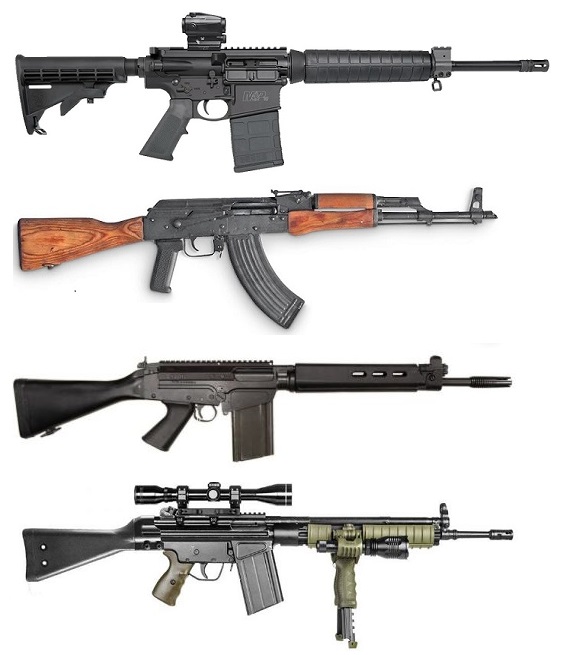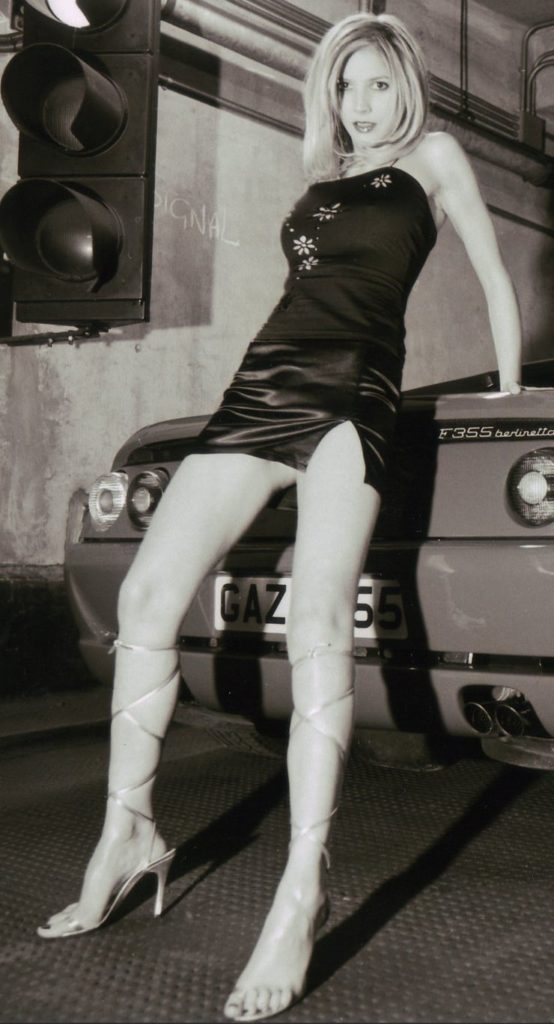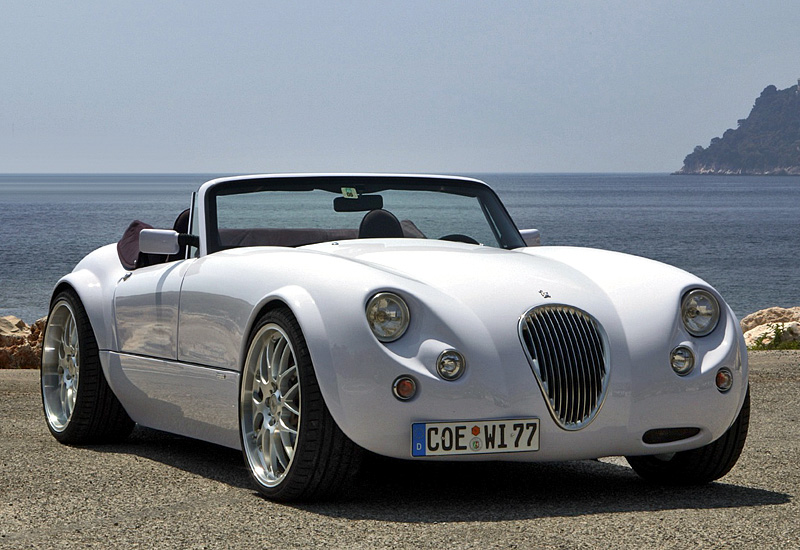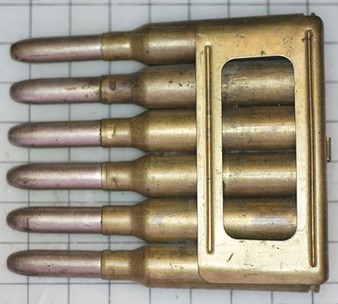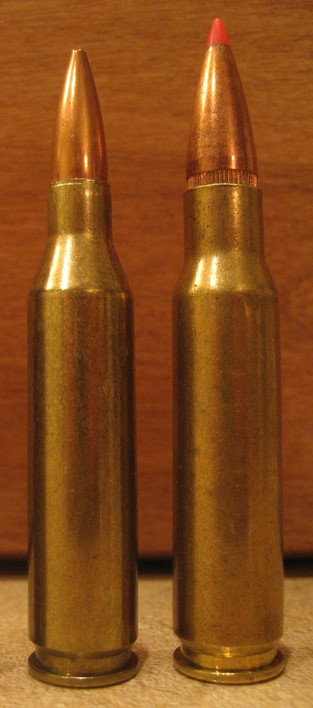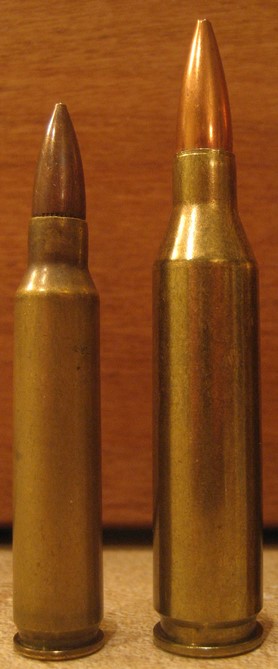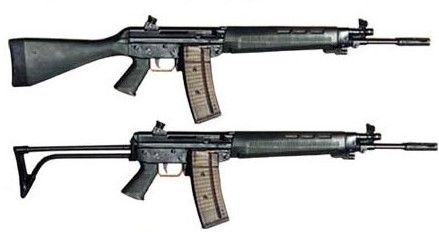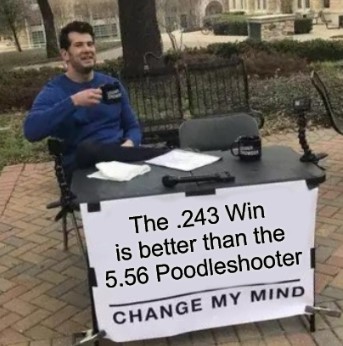We all know that I’m a huge fan of the Browning P-35 High Power pistol (despite its piddly Europellet chambering) because to me, it is the absolute zenith of John Moses Browning’s engineering handgun design (albeit with a huge assist from Dieudonné Saive). It is one of my favorite guns to shoot, and is much easier to disassemble (and reassemble) when it comes to after-action cleaning.
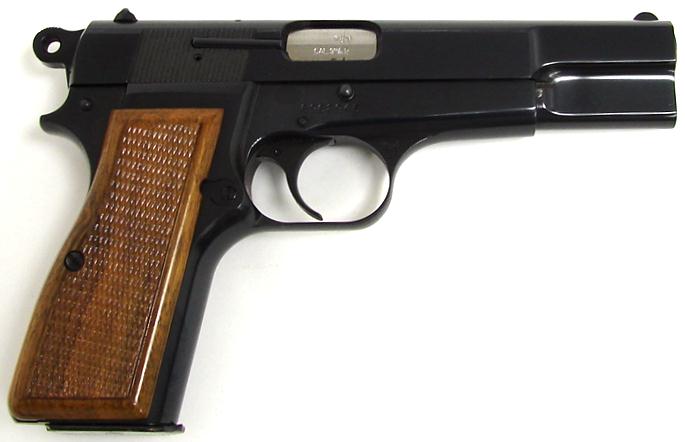
I also love my Browning 1885 High Wall rifle in .45-70 Govt:

That “bank-vault-closing” feel as you pull the lever back up and close the action after reloading: not much feels and sounds much better in the firearms world. And the satisfaction one feels when pulling the trigger to send a giant 405-gr bullet downrange… ah, my friends, if you haven’t experienced it, it would be like trying to explain the beauty of a desert sunset to a blind person.
And everyone knows of my love for Browning Auto-5 shotguns like the Sweet 16 or the Light 20:

And yet those are the only three Browning guns I’ve ever owned.
That’s not by design, by the way. I’ve fired many Browning rifles and shotguns — all belonging to other people, either at the range or while hunting — but for some inexplicable reason, I’ve never felt compelled to own a Browning long gun or pistol in the way that I am drawn to, say, a Mauser 98 or WinMar lever rifle.
It’s inexplicable, really; there is no reason for me to turn my nose up at, say a Browning lever rifle (BLR), especially when chambered for a manly cartridge like the .308 Win:

…especially when the BLR’s stacked mag allows for spitzer-tipped bullets while the WinMar’s tube mags do not. Would I feel in any way disadvantaged with the BLR out in the field? Hell, no; and yet for some reason, I’m drawn more to the Henry/Winchester/Marlin offerings than to the BLR.
That also goes for Browning’s bolt-action rifles.

Combat Controller uses one of these, an X-Bolt chambered in -300 Win Mag, for his Scotland hunts with Mr. Free Market, has never had a problem with it, and his deer tally over the years would certainly give one no reason not to use one (especially in those difficult conditions). Yet I’ve never owned one, nor come close to getting one; and the same is true for the excellent semi-auto BAR / Safari models:

(For some reason, I’m not a fan of hunting with semi-auto rifles, but that has nothing to do with Browning.)
Needless to say, I would never turn down a Browning double-barreled shotgun, except that they make mostly over/under models — but once again, my preference for side-by-side shotguns has nothing to do with Browning. Their reputation and success in shotguns is very well earned, and thousands of people use them as religiously as I use Mauser rifles or John Moses Browning’s 1911 Government pistol.
This, by the way, is one of my “lottery” shotguns at Steve Barnett’s: a rare older “BSS” model in 20ga:

…which has absolutely everything I desire in a SxS: splinter forearm, double triggers and straight “English” stock. The only thing that has stopped me from getting it is not the fact that it’s old and second-hand: it’s the price: $5,750. Which, for an old secondhand gun, pushes me away a little.
And here, finally, may lie the the answer as to why I’ve never owned many Browning guns: cost.
Loyal Readers know that I always go for quality in my guns — and nobody seems to have any arguments against Browning guns in that regard — but at the same time, Brownings always seem to cost just a little bit too much when compared with guns which are functionally their equivalent and whose quality is as good or in some cases better. Once again, I have no problem with quality costing more than average; where possible, I always go for quality (in all things) even though I know that it does carry a higher cost. But Browning always seems to be just a tad over that tolerance, and I walk away.
How say you, O My Readers? Is this your experience too, or am I missing something here?
